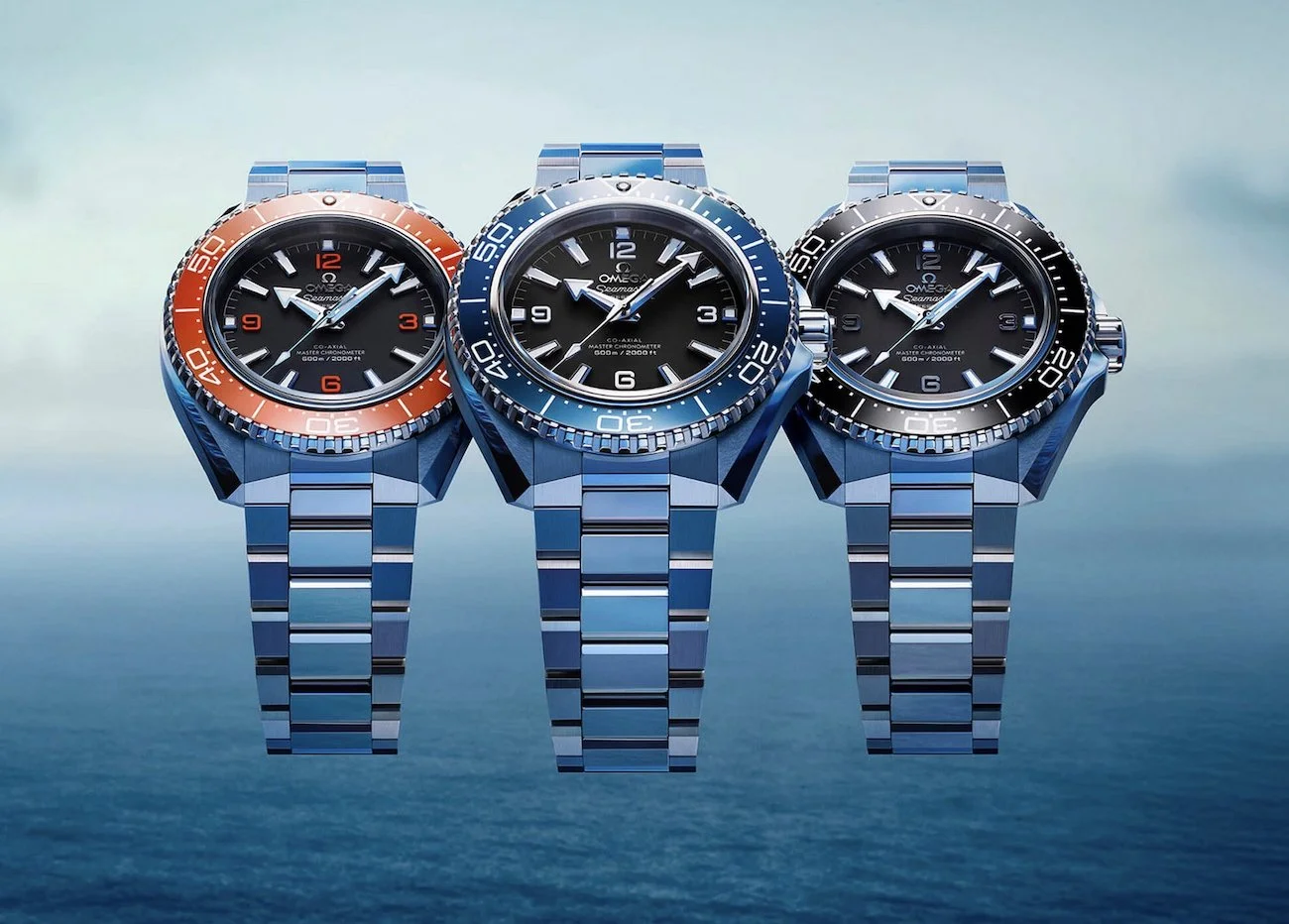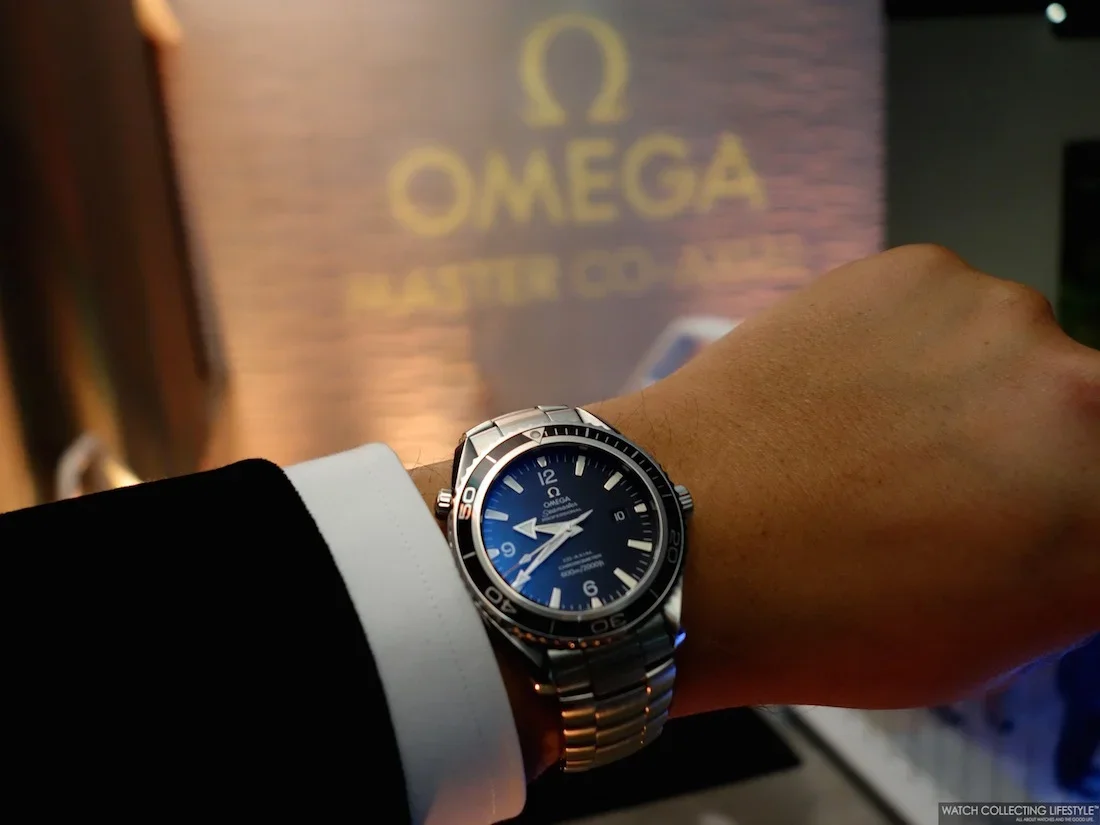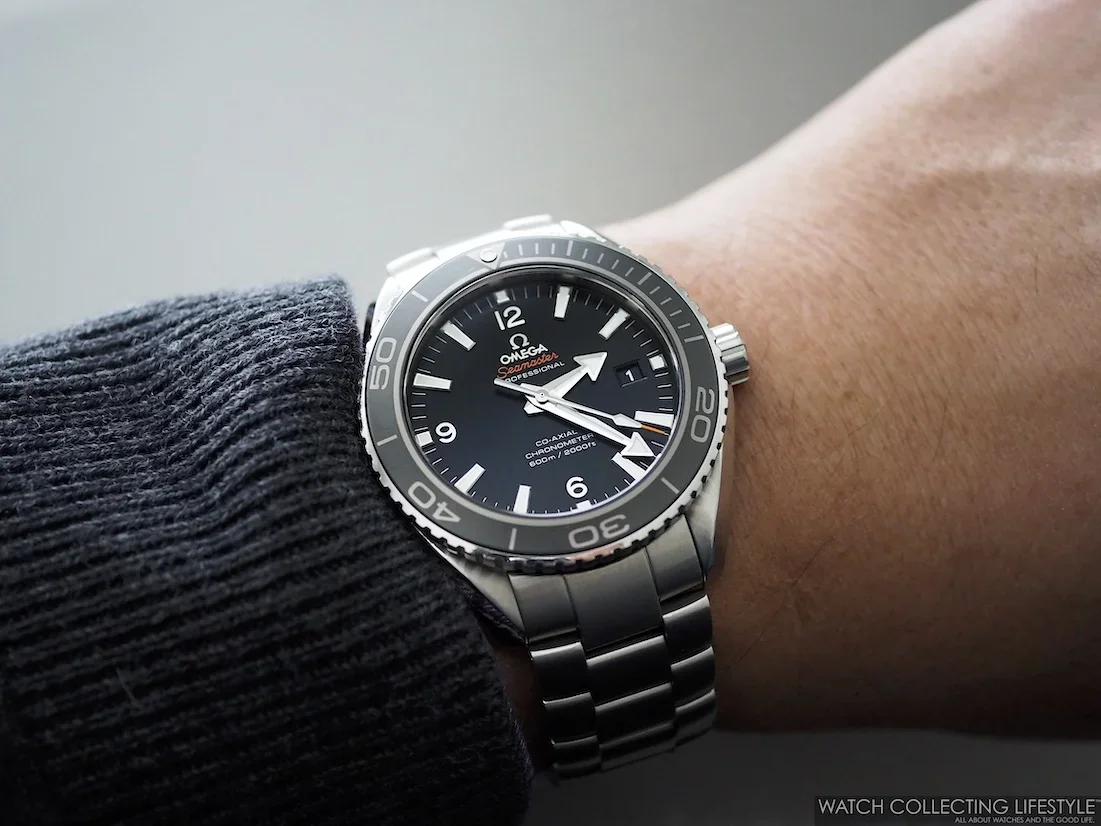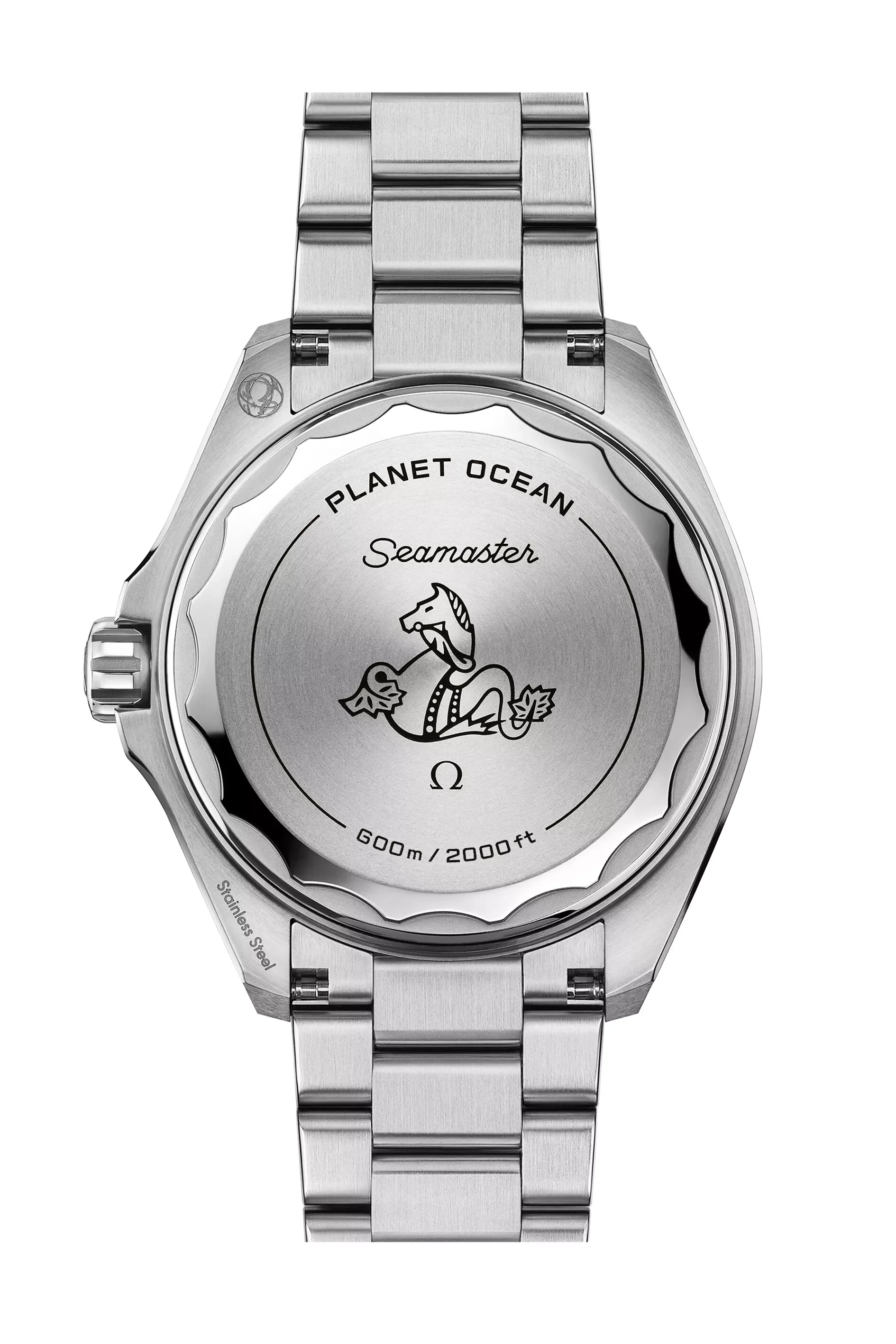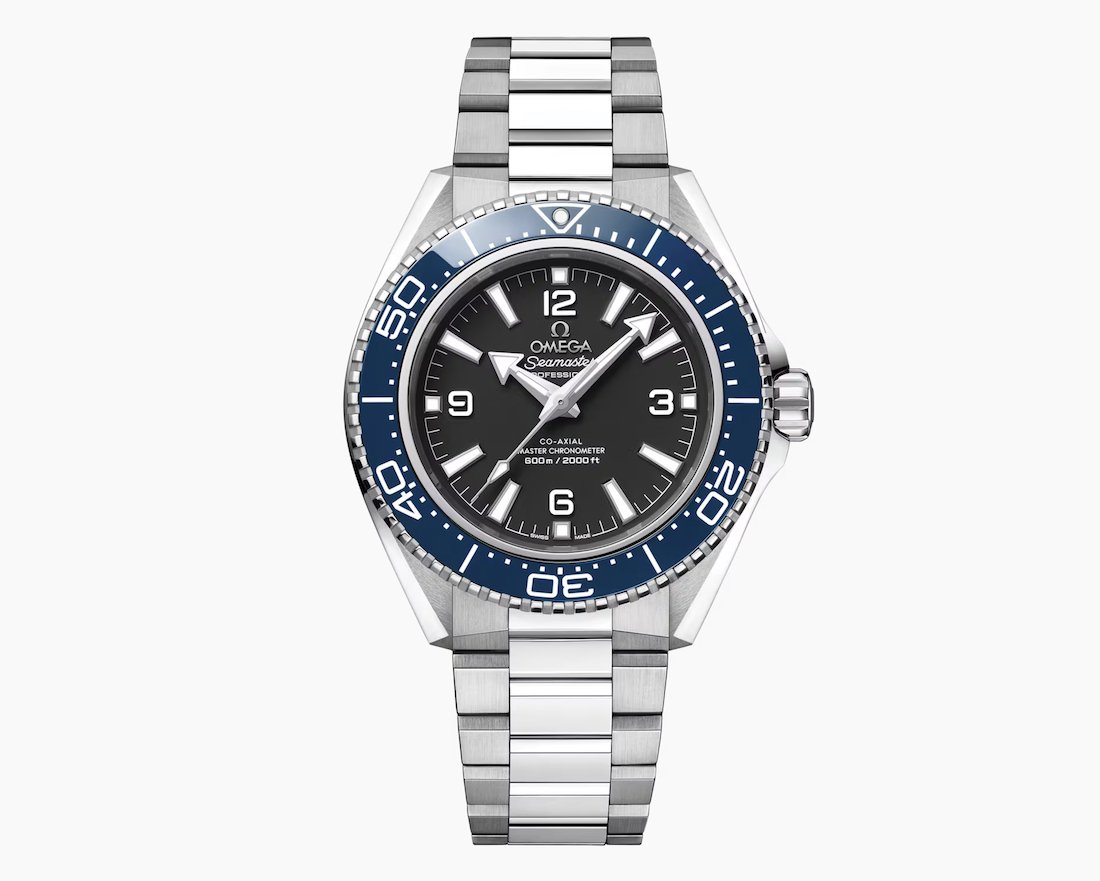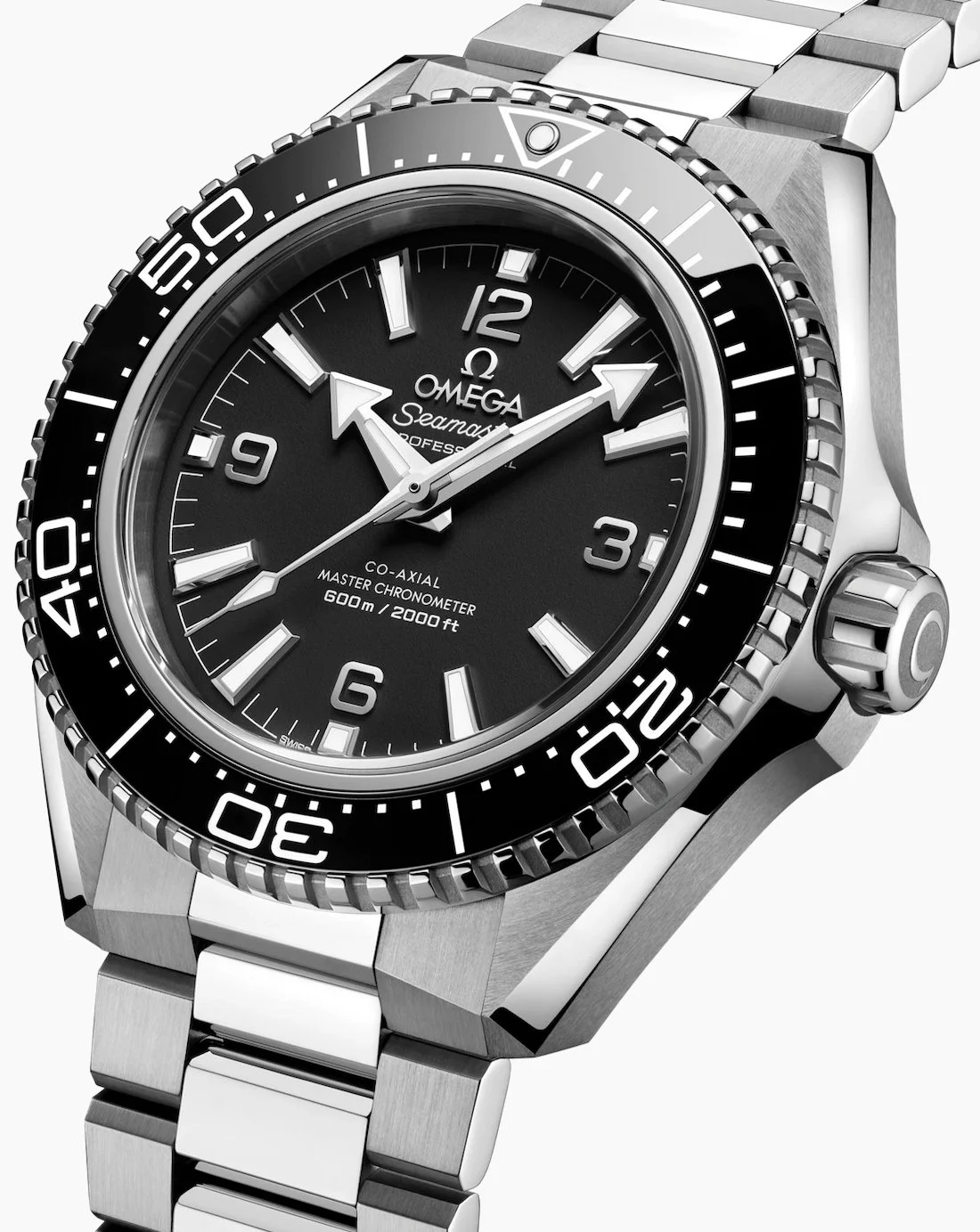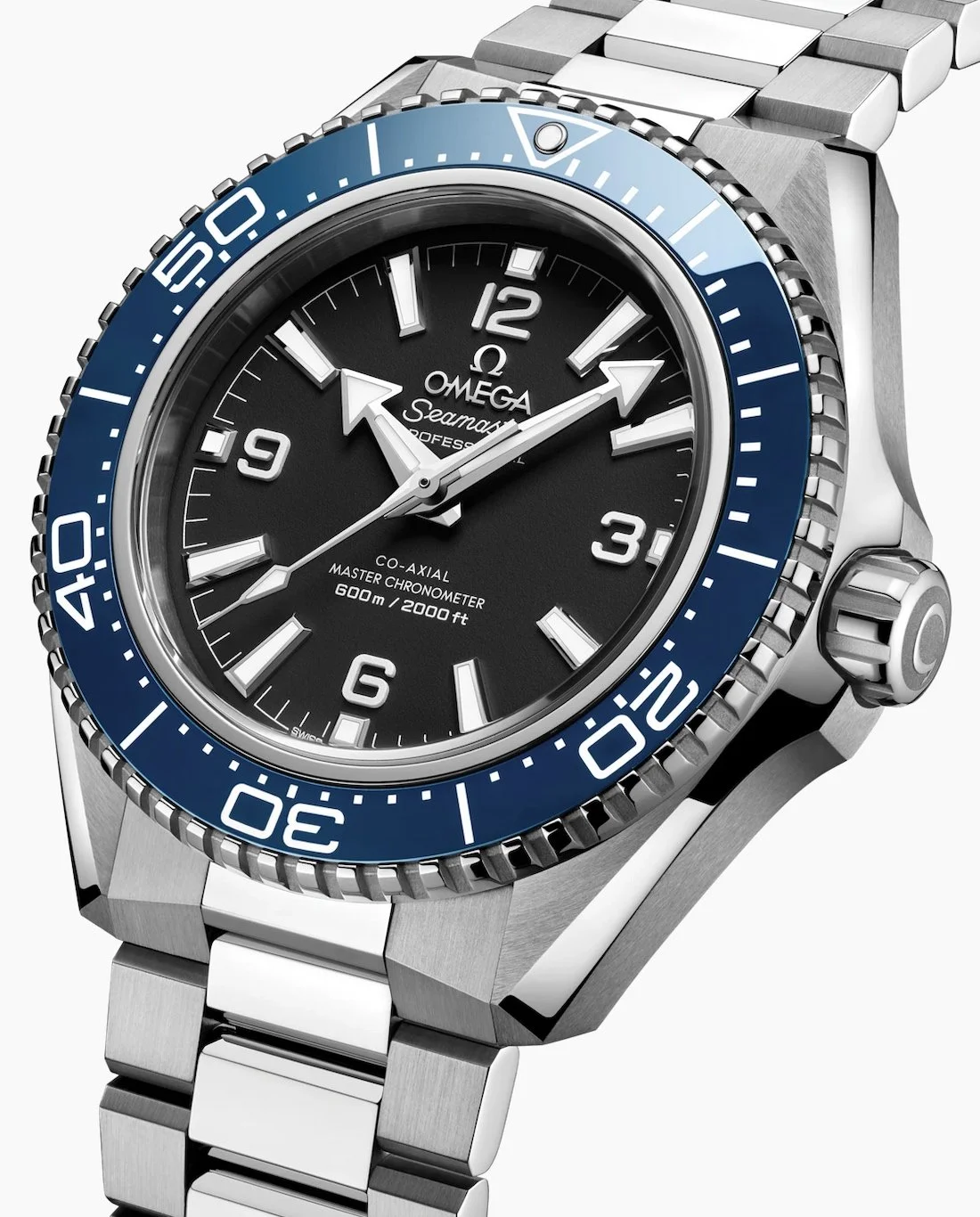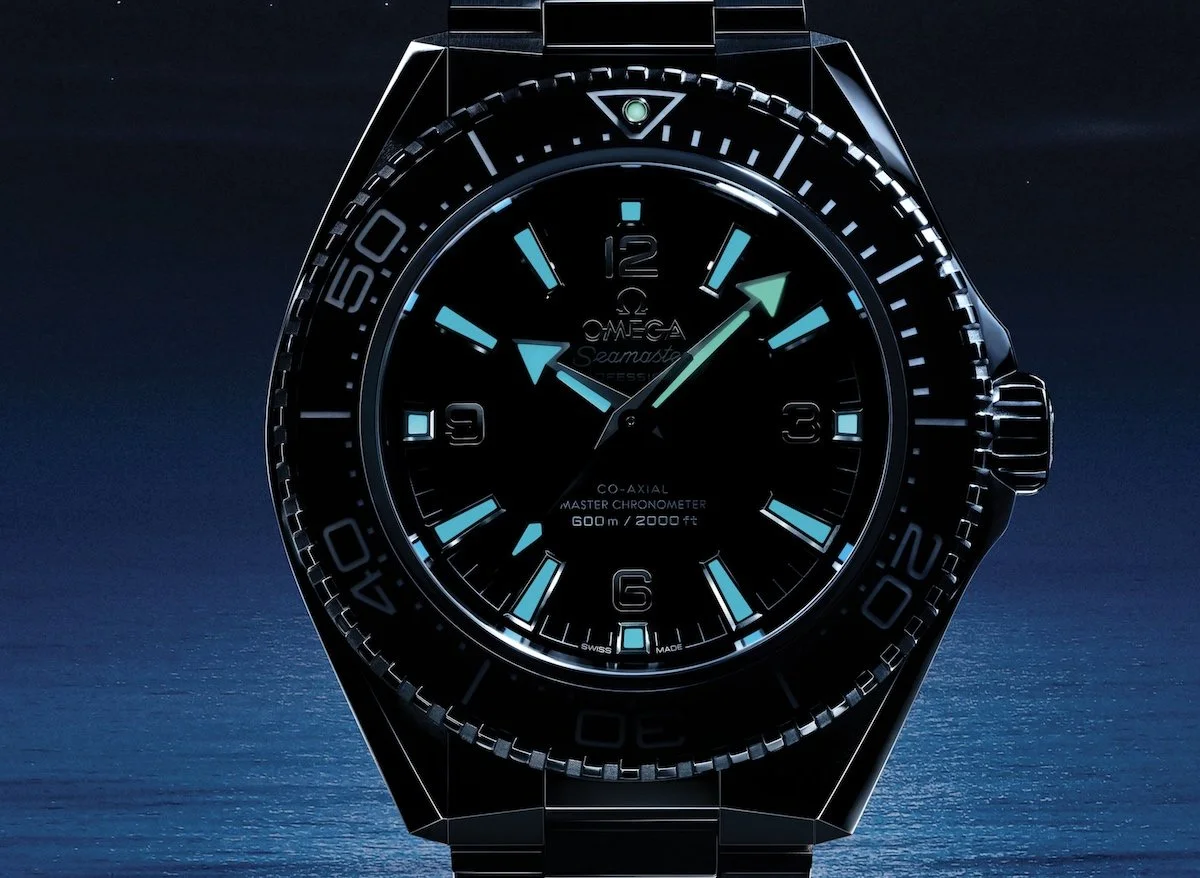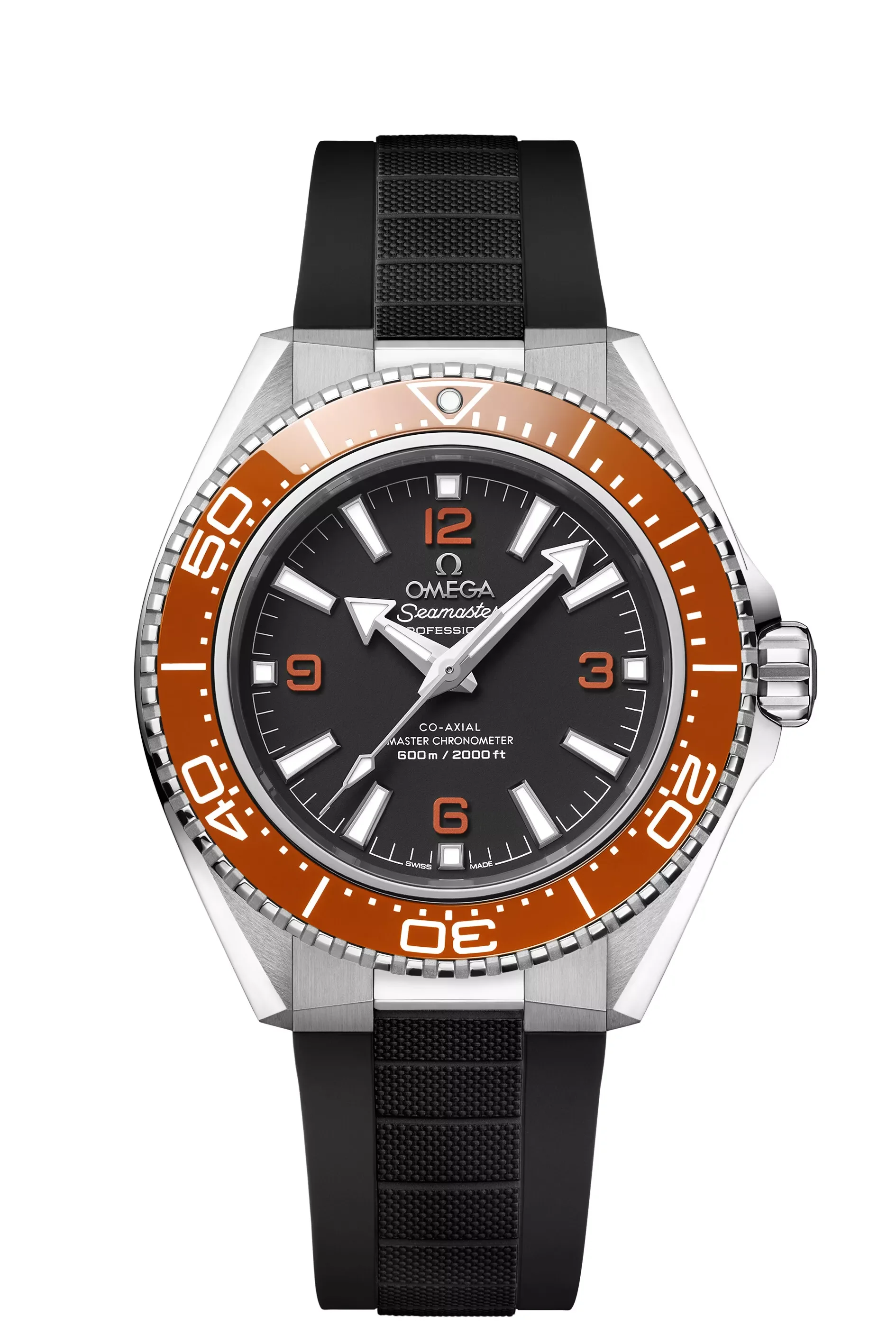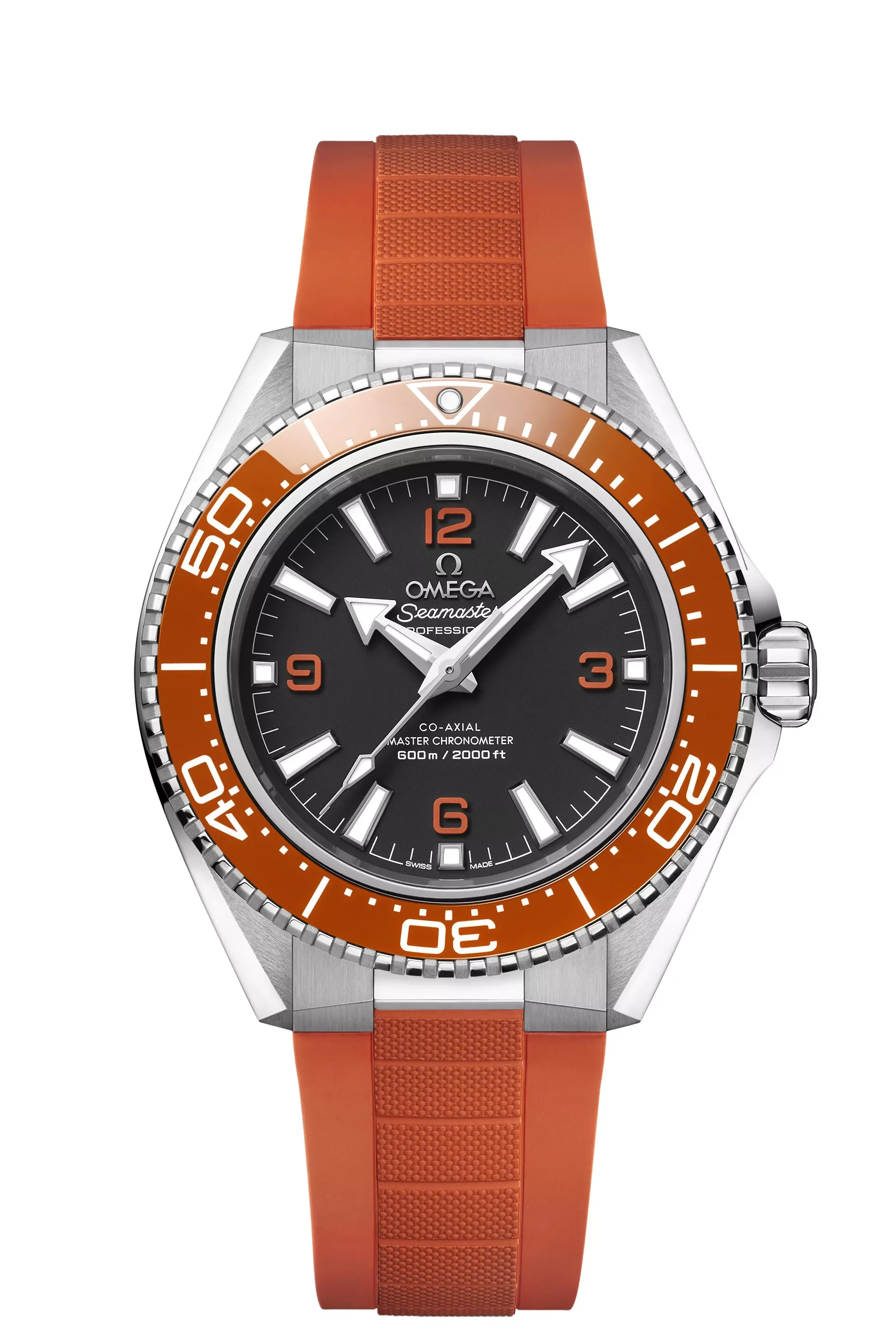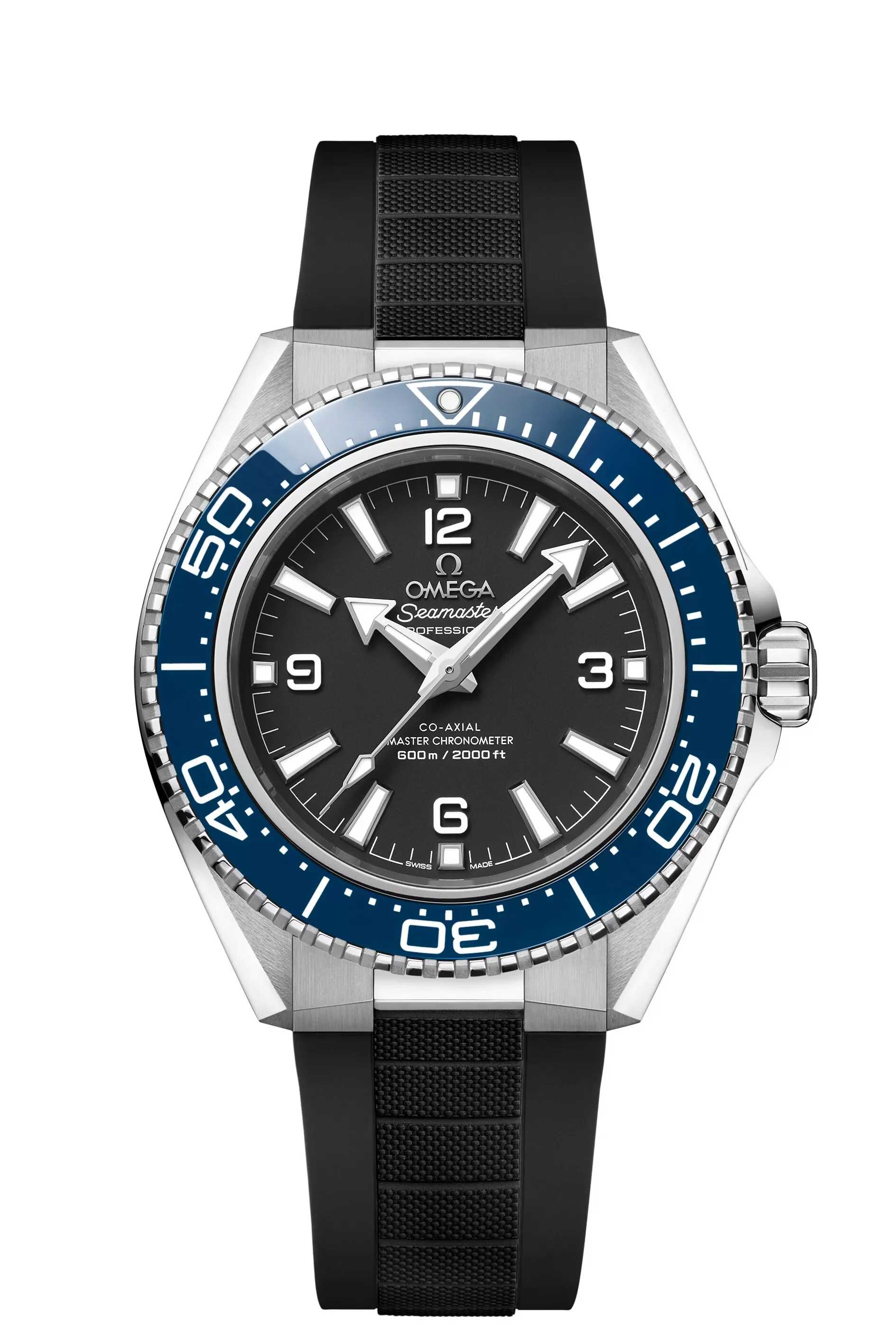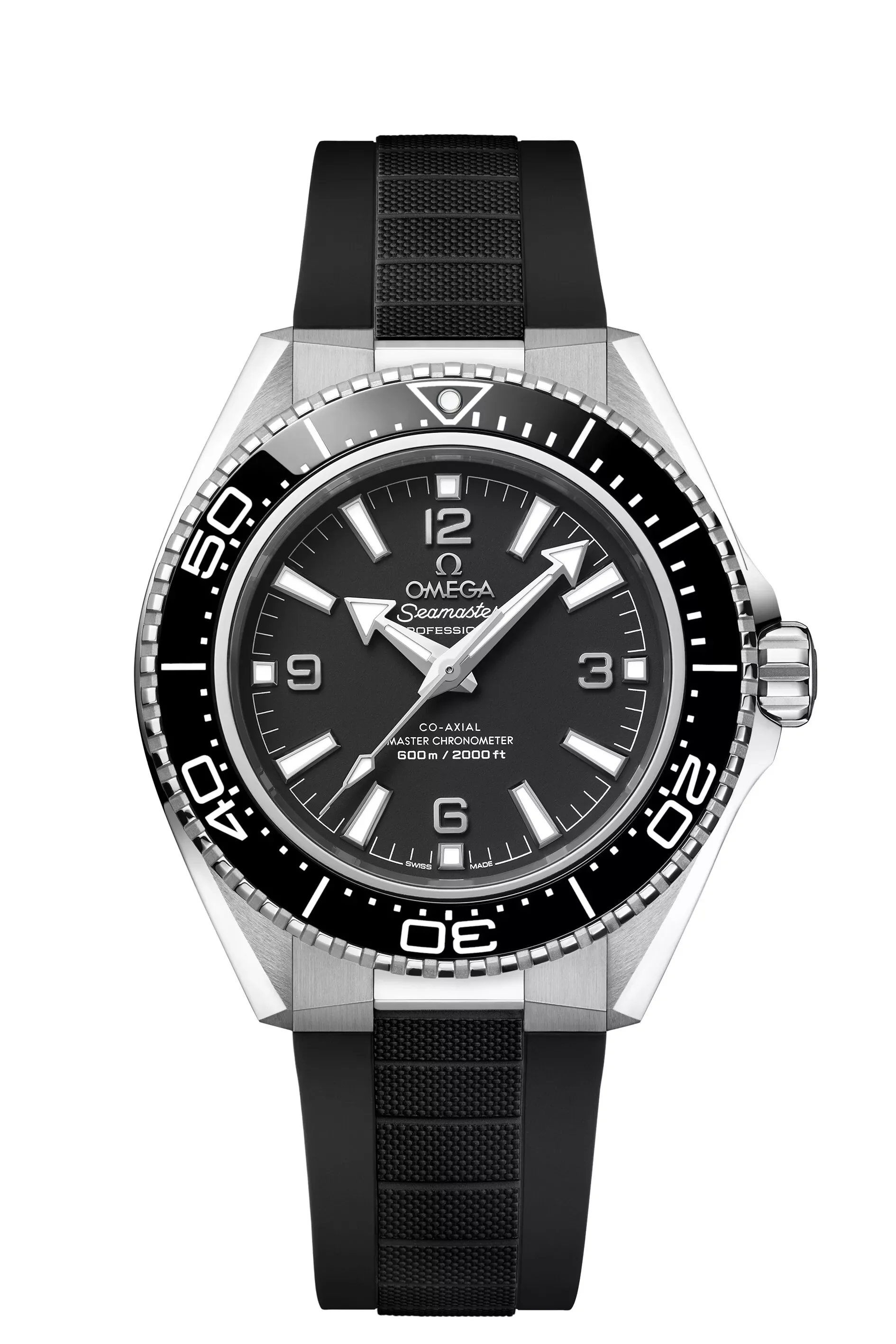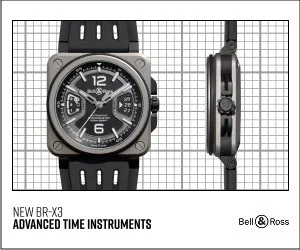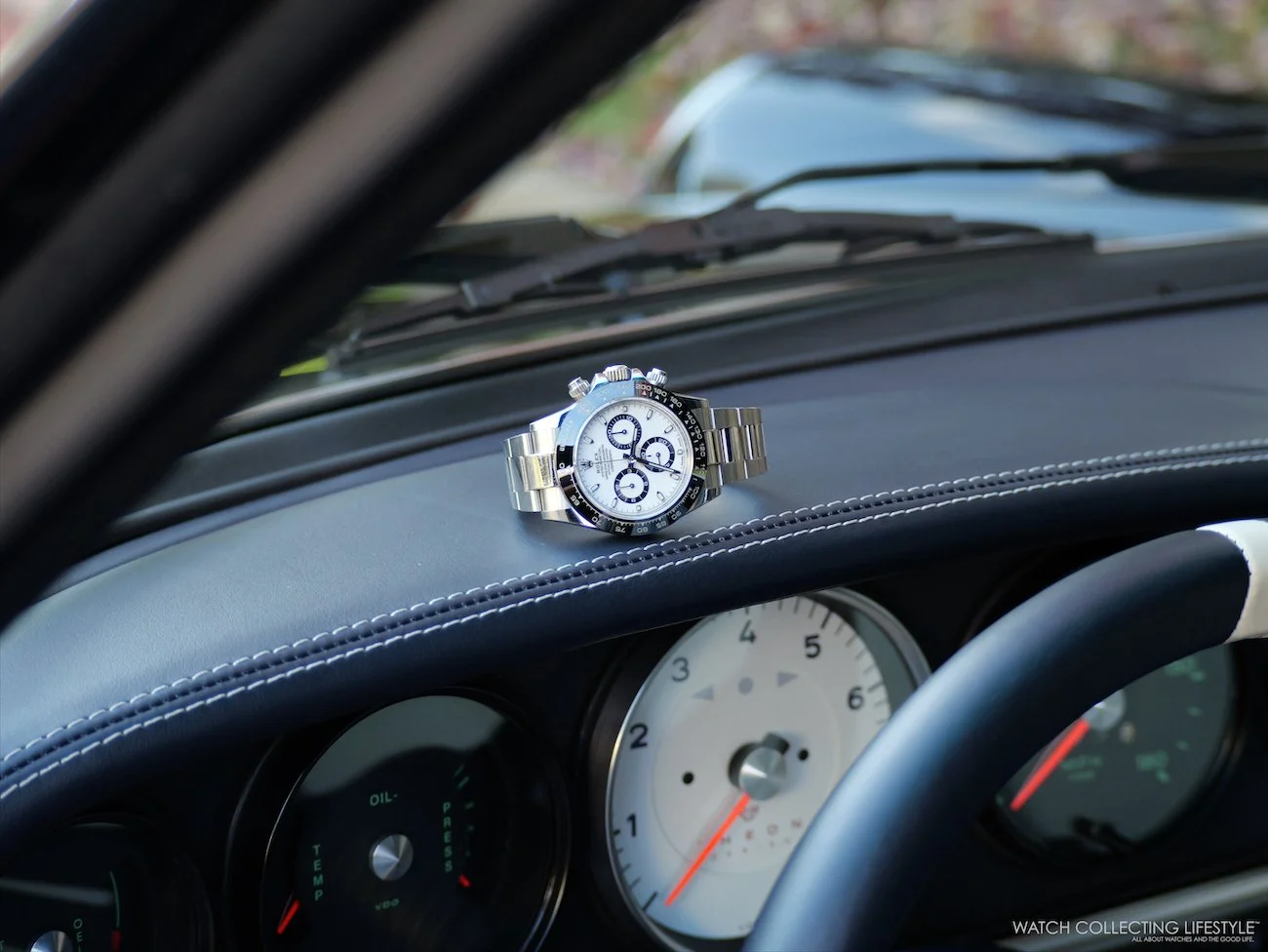Two decades ago, Omega introduced the world to the Planet Ocean—a professional dive watch that would become synonymous with ocean exploration and technical excellence. Now, marking its 20th anniversary, the Biel-based manufacture unveils the fourth generation of this emblematic collection, and it's nothing short of a complete transformation. This isn't a gentle evolution or a mid-cycle refresh. This is Omega declaring that the Planet Ocean has earned its own distinct identity, separate from its siblings in the Seamaster family, with a whole case, bezel, and bracelet redesign.
The original Omega Planet Ocean launched in 2005 as Omega's flagship diving instrument, positioned above the Diver 300M and characterized by its robust construction, signature orange bezel, and professional 600-meter water resistance. While the collection saw updates in 2011 and 2016—introducing ceramic bezels and Master Chronometer movements, respectively—the fundamental design language remained remarkably consistent, drawing heavily on the Seamaster Diver 300M's aesthetic DNA, with its curved lugs, rounded case, and helium escape valve at 10 o'clock. The three previous generations of the Seamaster Planet Ocean were powered by the Co-Axial calibres 2500, 8500, and 8900, respectively.
The Fourth Generation: Case
The fourth-generation Planet Ocean presents a dramatically different character. Gone are the curved lines and classic Omega lyre-shaped lugs. In their place: sharp edges, angular geometry, and a distinctly modern architecture that speaks more to the future than the past.
The case measures a very wearable 42 mm in diameter—returning to the original 2005 dimensions—but the real achievement is the thickness, or rather, the lack thereof. At just 13.79 mm, the new Planet Ocean sheds a remarkable 2.31 mm compared to its 16.1 mm-thick predecessor. This slimming down comes courtesy of a flat sapphire crystal rather than a domed element, combined with a solid Grade 5 titanium caseback that replaces the previous display back.
Let’s not forget that the Second and Third Generation Planet Ocean watches were all equipped with sapphire crystal display case backs—something we absolutely love—, and while the second generation was available in two sizes, including the XL size with a case diameter of 45.5 mm, the Third Generation was only available with a case size measuring 43.5 mm in diameter.
The case itself is a study in contrasts. Crafted from stainless steel with faceted surfaces, it features polished chamfers on sharp edges juxtaposed against brushed sides, creating a play of light that's decidedly contemporary. The lug-to-lug distance measures 47.5mm, but clever articulation in the bracelet's first link—which is notably shorter than before—ensures the watch sits comfortably on most wrists.
Perhaps most controversially, the helium escape valve has been completely eliminated, as Omega's engineers determined that modern manufacturing techniques and case construction render it unnecessary while maintaining the full 600-meter water resistance rating—another feature we liked, even though it was useless for most wearers and occasional shallow-water divers.
An inner titanium ring around the crystal provides the structural integrity required for profound depth, serving both functional and aesthetic purposes—a nod to the design of the original 2005 Planet Ocean and the vintage Seamaster 300 from the 1960s.
The Fourth Generation: Bezel and Dial
The unidirectional ceramic rotating bezel—whether an aluminum insert or liquidmetal on previous generations—receives equal attention. The bezel now has more pronounced serrations for superior grip, while the ceramic insert—available in black, blue, or the collection's signature orange—features a simplified diving scale in white enamel. Since orange ceramic is notably more challenging to produce than other ceramic colors, Omega reflects this in its pricing structure.
Turn your attention to the dial, and you'll find evolution rather than revolution. All models feature matte black dials that prioritize legibility—a non-negotiable requirement for professional dive watches. The signature arrowhead hands remain, as do the bold trapezoidal applied indexes, though both have been subtly enlarged for improved readability. Arabic numerals at 12, 3, 6, and 9 o'clock receive a complete redesign: they're now open with a squarer, more angular appearance that mirrors the case architecture. The presence of a numeral at 3 o'clock reveals another significant change—the Planet Ocean is now a no-date watch—another feature in previous generations that was perfect at least for us—, further streamlining the dial.
Depending on the chosen model, Arabic numerals are available in matte orange varnish matching the orange bezel, rhodium plating on the black version, or matte white varnish on the blue variant.
The hands, indexes, and bezel pip are generously filled with white SuperLumiNova X1, with Omega employing a clever two-tone emission system: blue for the hour hand and indexes, green for the minute hand and bezel pip—same as on previous generations. This allows for instant differentiation in low-light conditions.
The Movement
Inside beats the proven Co-Axial Master Chronometer Calibre 8912—the same movement powering the Planet Ocean Ultra Deep, the PloProf, and the Seamaster 300. This 29 mm automatic calibre, operating at 25,200 vph with 38 jewels, incorporates Omega's latest technological advances: a silicon Si14 free-sprung balance spring, a Co-Axial escapement with three levels, and two barrels mounted in series delivering 60 hours of power reserve.
The movement includes a practical jumping hour hand that can be adjusted in one-hour increments without disturbing the running seconds—perfect for travelers and a feature already present on previous calibres 8500 and 8900. METAS Master Chronometer certification ensures the watch resists magnetic fields up to 15,000 gauss and maintains chronometer-grade accuracy.
Summary & Price
The collection launches with seven references across three color variations, each available on either a redesigned stainless steel bracelet or black rubber strap. The orange version additionally offers an orange rubber strap option.
The new bracelet deserves special mention: it's a flat three-link design with brushed outer links flanking a polished center link, all meticulously faceted. Measuring 21 mm at the lugs and tapering to 16.5 mm at the clasp, the bracelet appears nearly integrated into the case thanks to that articulated first link. The folding clasp adjusts to six positions and includes Omega's diver extension for wearing over wetsuits.
The rubber straps aren't an afterthought either. They connect to the case via steel end links that echo the bracelet's integration, with a three-dimensional texture that complements the watch's angular aesthetic. A traditional folding clasp completes the package.
After twenty years, Omega has given its flagship dive watch collection permission to stand on its own. The fourth-generation Planet Ocean isn't trying to be a bigger Diver 300M anymore—it's carved out its own identity as a distinctly modern, technical dive instrument that respects its heritage while confidently looking forward. The return to 42 mm, the dramatic reduction in thickness, and the bold new design language all serve to make this the most wearable Planet Ocean yet, without compromising its professional credentials.
The total weight of the watch on a rubber strap is 124 grams, and 177 grams on its bracelet, which is considerably lighter than the second and third-generation Seamaster Planet Ocean, which have a total weight of 220 grams on the bracelet.
One thing that we dislike, other than not having a display case back, which might be a dealbreaker for many, is the lack of a date function. At least for us, that is the real dealbreaker here.
Sticker Price USD 8,600 on a rubber strap for black and blue models; USD 8,900 on a black or orange rubber strap for the orange model; USD 9,200 on a bracelet for black and blue models; and USD 9,500 on a bracelet for the orange model.
For more info on Omega click here.

